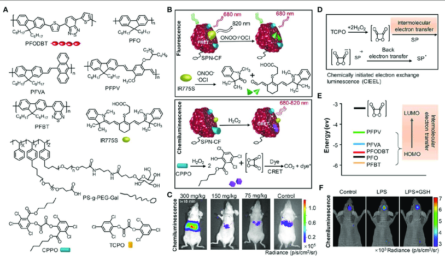Causes of Asthma and COPD
While asthma and chronic obstructive pulmonary disease (COPD) are both chronic lung diseases, they have distinct causes that lead to different symptoms and management approaches. Asthma is typically caused by an inflammatory response to environmental triggers like allergens, smoke, and changes in weather. Exposure to irritants and toxins like cigarette smoke is the primary cause of Asthma and COPD. Understanding what sparks the inflammation and lung damage in each disease helps personalize treatment.
Asthma Triggers and Inflammation
For those with asthma, environmental factors called triggers spark an inflammatory response in the airways. Common asthma triggers include dust mites, pollen, animal dander, smoke, air pollution, chemicals, and respiratory infections like colds and flu. When exposed to a trigger, the airways become inflamed, swell, and constrict. This makes breathing difficult and triggers asthma symptoms like coughing, wheezing, chest tightness, and shortness of breath. The inflammation also causes excess mucus production, further narrowing the airways. While triggers spark the reaction, inflammation is what drives asthma symptoms and airway obstruction. Identifying and avoiding triggers helps control asthma.
COPD Caused by Smoking
In contrast, COPD develops due to direct damage to the lungs over many years, predominantly from cigarette smoke. The chemicals in smoke trigger an abnormal immune response and breakdown of lung tissue over decades of exposure. This hampers the natural cleansing processes in the lungs and makes them vulnerable to further injury. Other irritants that can contribute include secondhand smoke, air pollution, occupational dusts and chemicals. But smoking is by far the primary cause, accounting for over 80% of COPD cases. The damage COPD does to lung function is not reversible, leading to long-term breathing difficulties.
Symptoms of Asthma and COPD
Both conditions cause recurrent breathlessness, wheezing and coughing. However, asthma is generally seen in younger people, tends to come and go, and exhibits better response to medications. COPD symptoms are more persistent, worsen over time and limit activities.
Asthma symptoms often come on at night or early morning and are triggered by allergens, exercise or infections. Inhalers quickly relieve asthma attacks.
COPD suffers experience symptoms even at rest that disrupt daily life and limit physical exertion. Symptoms steadily worsen as lung function declines without treatment.
With asthma, peak flow meter readings drop during symptoms but return to normal between episodes. COPD patients have reduced peak flow readings even without symptoms.
Asthma may improve or be outgrown by adulthood. COPD gradually worsens due to permanent lung damage.
Diagnosing and Testing for Asthma and COPD
Pulmonary function tests (PFTs) are key to distinguishing these conditions and monitoring their progress.
Spirometry measures how much air the lungs can hold and expel. It is the gold standard COPD test.
People with asthma have normal PFTs between episodes but readings drop during attacks.
Those with COPD show obstruction on spirometry tests. Their readings cannot be improved with medication.
Methacholine challenge tests expose the lungs to increasing doses of a substance that triggers asthma symptoms. A positive result confirms asthma diagnosis.
Chest imaging and arterial blood gas tests may also be performed if COPD is suspected to evaluate lung structural changes and detect hypoxemia.
Managing Asthma and COPD
Treatment differs greatly based on diagnosis. Asthma can often be well-controlled long-term with preventative medication and lifestyle modifications. COPD has no cure and treatment focuses on reducing symptoms and future lung damage.
Asthma is primarily treated with inhaled corticosteroids to reduce airway inflammation and rescue inhalers during attacks.
COPD medications counteract bronchospasm and make breathing easier but do not reverse or slow lung decline over time.
Quitting smoking is essential for COPD patients, while asthma suffers focus on trigger management.
Pulmonary rehabilitation and breath control techniques supplement medical regimens for COPD. Asthma patients often make lifestyle adjustments as needed.
Asthma has a variable, intermittent course while COPD is chronic and progressive due to tissue destruction. The two diseases are often confused initially due to similarities, so accurate diagnosis is critical to guide care plans tailored for each condition. Close patient-provider collaboration helps maximize long-term management of asthma or COPD.
*Note:
1. Source: Coherent Market Insights, Public sources, Desk research.
2. We have leveraged AI tools to mine information and compile it.




